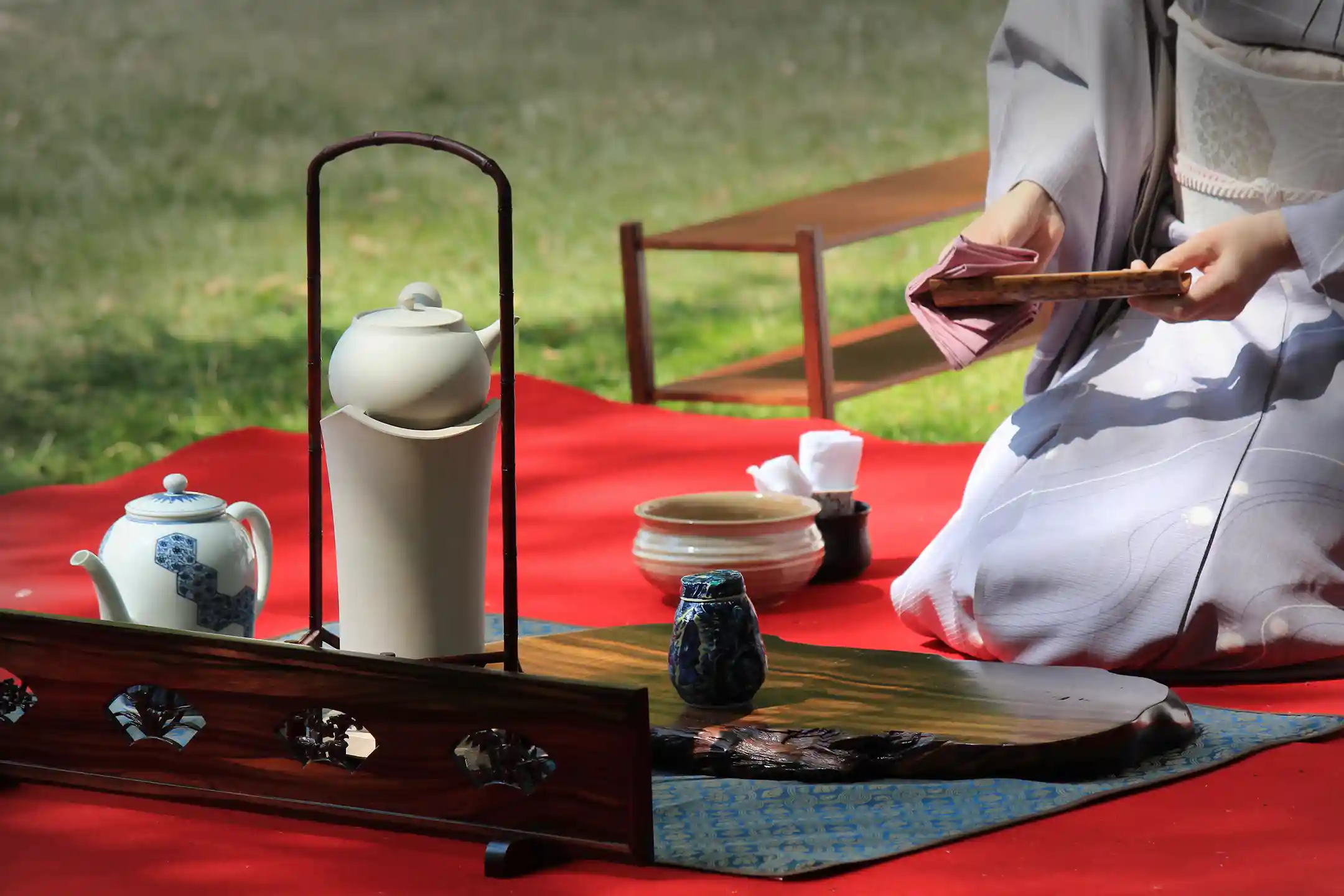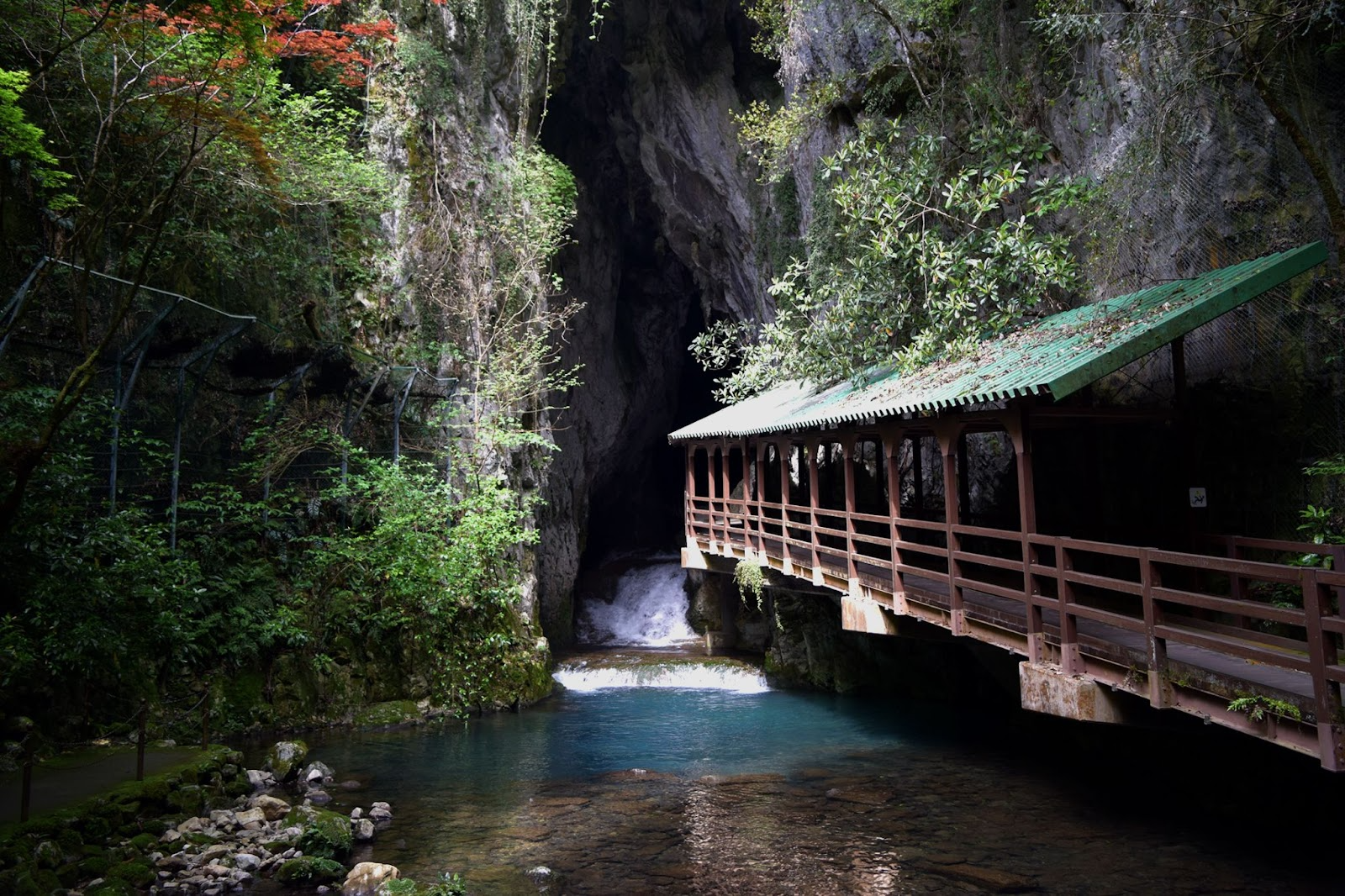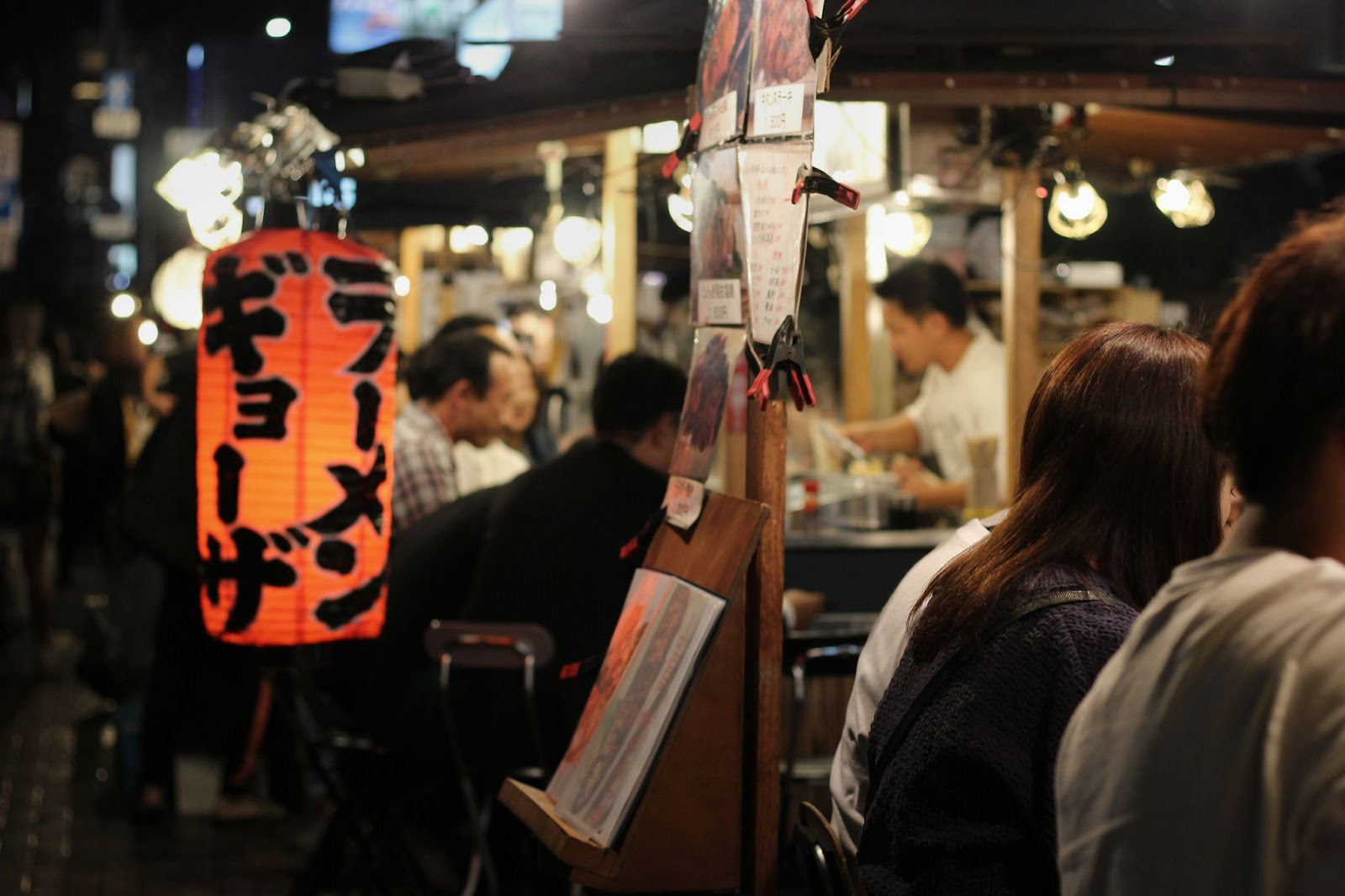Japanese tea—ranging from matcha and sencha to gyokuro—offers a dazzling variety of Japanese tea types, cultivars, and brewing traditions that have long been woven into everyday life. Since its arrival in the ninth century, tea has developed as a daily drink while becoming intertwined with Zen thought and a distinct aesthetic sensibility.
When you lift a warm bowl of shade‑grown gyokuro to your lips or whisk glowing matcha into a silky foam, you participate in a living tradition that bridges more than one thousand years of Japanese history.
To many people in the West, this world may appear both mysterious and sophisticated. Yet behind it lie multilayered ideas that value harmony with nature and refinement found within simplicity. Rather than viewing Japanese tea culture merely as something “exotic,” understanding why Japanese people have been captivated by a single cup—embracing it as part of their lives—provides a key to deeper cross‑cultural appreciation. By stepping into that mindset, you unlock subtle notions of balance, respect, and serenity that still resonate today.
This article invites you to discover Japanese tea types nurtured across the country, the graceful ways to brew them, and the most rewarding places to taste them while traveling. Each section revisits a leaf’s unique qualities and historical background so you can picture how and why certain flavors have become inseparable from Japanese values. While tea may hold different meanings in the West and in Japan, the mutual respect cultivated through a steaming cup is surely one of the most delightful paths to shared cultural depth.
So welcome to this flavorful realm where every variety tells its own story. Breathe in the fragrance, feel the bowl’s warmth, and let your senses guide you through the rich narrative of Japanese tea. May your next sip reveal nuances that linger long after the cup is empty.
Understanding the Essence of Japanese Tea Culture
Historical Background and the Aesthetics of Wabi‑Sabi
Japanese tea is said to have begun when Zen monks brought tea back from China in the ninth century. In particular, Sen Rikyū (1522–1591) revolutionized the practice in the sixteenth century by linking the tea ceremony to the aesthetics of wabi‑sabi, using humble bowls and utensils (*1). Imagine kneeling in a small tearoom lit only by a single candle: you notice the rough texture of an earthen bowl, the faint crackle in the glaze, and an unspoken hush that encourages inward calm.
“Wabi” celebrates refinement within plainness, while “sabi” points to the profound appeal of quiet and aged things. Compared with Western decorative culture, wabi‑sabi deliberately avoids ostentation, instead honoring beauty found in absence and stillness. Learning to treasure the richness arising from an apparently “empty” space helps you see Japan’s visual language in a new light.
At the same time, this uniquely Japanese sense of beauty can easily be reduced to a cliché of “otherness.” Yet, like Zen thought, it resonates across borders and eras. Western fascination with wabi‑sabi often springs from its ability to rekindle neglected feelings of calm and presence (*2).
The Role of the Tea Ceremony in Japanese Society

The phrase that epitomizes the tea ceremony is wa‑kei‑sei‑jaku—harmony, respect, purity, and tranquility (*3). Equally vital is the spirit of ichi‑go ichi‑e, the etiquette of treasuring each once‑in‑a‑lifetime encounter (*4). When you attend a formal gathering, every gesture—from bowing at the entrance to admiring the hanging scroll—reminds you that this moment can never be repeated.
Western hospitality certainly values guests, yet Japanese tea culture fuses that sentiment with aesthetic awareness focused on a fleeting instant. Ideally, the tearoom sets aside rank and title so everyone can speak as equals. Historically, the ceremony drove Japan’s traditional crafts—ceramics, architecture, garden design—though only the elite could participate (*5). Today it welcomes all ages and backgrounds, offering a quiet space where a single bowl shared in silence can widen perspectives that busy modern life often narrows.
Main Types of Japanese Tea: From Everyday Cups to Exceptional Brews
Matcha: The Quintessential Icon of Japanese Culture
Stone‑ground from tencha—steamed and dried young leaves—matcha is consumed by drinking the leaf itself. Its vivid green hue and velvety umami often surprise first‑time visitors. Whether you whisk matcha in a lacquered tearoom or savor a creamy matcha latte in a chic Tokyo café, you witness “tradition meeting modernity” as Japanese tea opens to the world (*1).
%20and%20Nerikiri%20(traditional%20Japanese%20wagashisweet).webp?width=750&height=500&name=Matcha%20(powdered%20green%20tea)%20and%20Nerikiri%20(traditional%20Japanese%20wagashisweet).webp)
Sencha: The Beloved Daily Tea
Sencha, Japan’s most commonly enjoyed tea, is crafted through a swift steam‑and‑roll method that locks in a bright aroma and refreshing taste. Introduced to ordinary people in the eighteenth century, it soon became indispensable at mealtimes (*2). Think of sencha as the conversation‑friendly companion that supports rather than upstages Japanese cuisine, much as a crisp white wine enhances dinner in the West.
Gyokuro: The Luxurious “Green Jewel”
Renowned as a premium green tea, gyokuro grows under shade for several weeks, boosting sweet amino acids. Its gentle body and pale emerald liquor—earning it the nickname “green jewel”—invite slow, meditative sipping. Pour it into a small porcelain cup during celebrations, and you will feel how Japan marks special days with a taste as memorable as champagne.
Hōjicha: Roasted Comfort
Hōjicha is created by roasting sencha or bancha at high heat, producing a comforting toasty aroma. With low caffeine, it is perfect for late‑night relaxation. Brew a pot after dinner and let the warm caramel scent drift through the room the way roasted coffee does in an Italian café.
Genmaicha: Rustic Yet Profound
Blending roasted rice with green tea, genmaicha pairs nutty popcorn notes with gentle freshness. Born from frugality—stretching precious leaves among common folk—it has evolved into a nostalgic favorite on cold evenings, its warmth echoing the crackle of an open hearth.
Bancha, Kukicha, and Other Variations
Bancha uses mature leaves, giving straightforward astringency and easy drinking. Kukicha (also called bōcha or karigane) celebrates sustainability by turning sorted stems into a bright, grassy brew (*2)(*3). These lesser‑known Japanese tea types embody the ethos of “using every part,” expanding your options whether you seek a quick weekday cup or a new tasting challenge.

Touring Japan’s Tea‑Producing Regions: Terroir that Shapes Taste
Uji, Kyoto: The Cultural Heartland
Southern Kyoto’s Uji has nurtured Japan’s most celebrated matcha and gyokuro since the Kamakura period. Misty riverbanks, iron‑rich soil, and centuries‑old craftsmanship create flavors so pure that even seasoned connoisseurs pause mid‑sip. As you wander narrow lanes lined with teahouses, you can join leaf‑picking, taste matcha sweets, and sense the unbroken line from medieval monks to modern pâtissiers—depth that keeps Uji from feeling merely “exotic” (*1).
Shizuoka: Innovation and Sustainability at the Forefront
Shizuoka, responsible for a large share of Japan’s green‑tea harvest, stretches from Mt. Fuji’s foothills to the Pacific. Here young farmers are reimagining tradition through the chagusaba farming method: cutting surrounding grasslands, spreading them over the fields, and enriching soil while preserving biodiversity. Recognized by the FAO as a Globally Important Agricultural Heritage System, chagusaba shows that sustainability can be both ancient and innovative (*2).
Yame, Fukuoka: The Allure of a Hidden Gem
Northern Kyushu’s Yame often wins top honors for gyokuro thanks to river mists that serve as natural shade. Family‑run farms welcome travelers with steaming cups and heartfelt stories. Sitting at a low wooden table, you might notice how each sip reflects local rivers, people, and time itself—revealing a human warmth far from corporate brands (*3).
Savoring Japanese Tea to the Full: Tips for Drawing Out Flavor and Beauty

Proper Brewing and Tasting Points
Water temperature is key to unlocking Japanese green tea. Because high heat can exaggerate bitterness, aim for 70–80 °C with sencha and around 60 °C for gyokuro (*1). Steep sencha for roughly one minute and gyokuro for up to two, then pour every last drop. When tasting, observe the color, inhale gently, and roll a small sip over your tongue so the umami blooms. Enjoying tea unsweetened may feel novel, yet discovering inherent sweetness is a delightful reminder of the diversity of global beverages (*2).

Choosing Teaware and Enjoying Interior Design
Kyūsu pots, yunomi cups, and chawan bowls reflect regional artistry as much as function. Tokoname‑yaki clay radiates heat evenly, while Arita porcelain showcases crisp lines and cobalt glaze. Selecting a vessel that fits your personal aesthetic can turn an everyday brew into a micro‑ceremony. A single Japanese cup in a minimalist Western living room becomes an eye‑catching focal point—proof that cultural harmony is as simple as setting down a bowl (*3).
Sustainable Tea Tourism: Travel That Connects with Local Communities
Green tourism that visits tea regions has flourished in recent years (*1). Field‑to‑cup experiences let you join farmers in protecting traditional agriculture while reducing environmental impact—a hands‑on expression of Japan’s age‑old stance of living in sync with nature.
Yet sustainability involves more than photographing verdant terraces. By listening to local challenges and sharing ideas, you help co‑create value rather than simply “consume the scenery.”
Eco‑Friendly Tea Gardens and Hands‑On Programs
Chagusaba fields in Shizuoka maintain biodiversity while recycling soil nutrients (*2). Cut grass alongside growers, feel the summer sun on your back, and realize how much care rests in each delicate leaf. In Ureshino, Kyushu, organic gardens demonstrate that sustainable tea making is both heritage and forward‑looking (*3).
Contribution and Exchange with Local Communities
Sustainable tourism also strengthens local economies. In Shizuoka’s Suruga area, farmer‑guided tours reveal tea‑making techniques and real‑world obstacles (*4). Saga Prefecture’s Ureshino invites you to open‑air tea gatherings where laughter mixes with birdsong. Such exchanges blend outside perspectives with local voices, often sparking fresh ideas that move the culture forward without erasing its roots.
Premium Tea‑Travel Plans: A Model Course for Immersing Yourself in Japanese Tea Culture
An Itinerary of Culture and Art
Begin in Uji, Kyoto. Join a dawn leaf‑picking session, whisk fresh matcha, and reflect on the wabi‑sabi ideals that shaped global design. Continue to Kanazawa, where teahouse districts glow with gold‑leaf crafts and refined wagashi sweets. The city’s seamless blend of tea, lacquerware, and geisha performances illustrates how one bowl becomes total art.
Next, fly west to Matsue in Shimane Prefecture. The relaxed “Matsue Style”—“enjoy tea first” before formalities—brings unhurried calm. Savor local confections in a garden tearoom and feel daily stress dissolve like sugar on the tongue.
Workshops and Collaboration with Local Guides
Across Japan, farm‑stay programs let you help steam leaves before dawn, roll them by hand, and sample the day’s creation. Guided walks illuminate terroir: why one slope’s shade yields deeper umami, or how misty rivers soften tannins. In pottery towns, you can shape your own matcha bowl. Knowing the potter’s story—and adding a thumbprint of your own—transforms each future tea break into a vivid memory.
A premium tea journey is not only about drinking rare leaves; it is about conversation, craftsmanship, and sharpening all five senses. When you return home, every cup evokes voices, landscapes, and friendships forged along the way.

Conclusion
Through its diverse flavors and profound history, Japanese tea distills national aesthetics and spirituality into a single sip. From the solemn tranquility of matcha to the comforting familiarity of sencha, it embodies harmony with nature while welcoming drinkers of every background. Regions such as Uji, Shizuoka, and Yame reveal how different Japanese tea types wear unique faces across the archipelago.
At the same time, initiatives like the chagusaba method and organic cultivation demonstrate that tea culture thrives by weaving timeless wisdom with contemporary values. Tea fields—where land, people, and community intertwine—stand as living museums of shared history. For the global traveler, this local‑yet‑universal spirit offers an irresistible invitation.
By stepping into tea gardens and tearooms and talking with producers and artisans, the hidden stories within a single cup unfold. Whether you are on the road or enjoying a quiet teatime at home, brewing Japanese tea with a calm heart reveals a world richer than any ordinary drink. May your explorations lead you to that one unforgettable cup—Japanese tea’s generous world always promises fresh discoveries.
Author Bio

Maoko Shibuya
Content Planner & Writer Holding a master’s in Digital Marketing and experience across global markets, Maoko blends international perspective with a deep appreciation for Japan’s cultural heritage. She plans and writes compelling narratives that reveal the country’s beauty and depth, drawing on her passion for travel, local cuisine, and cultural exploration.





